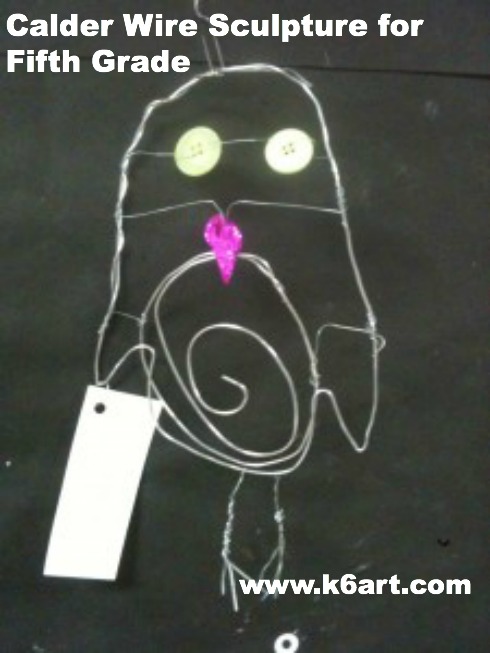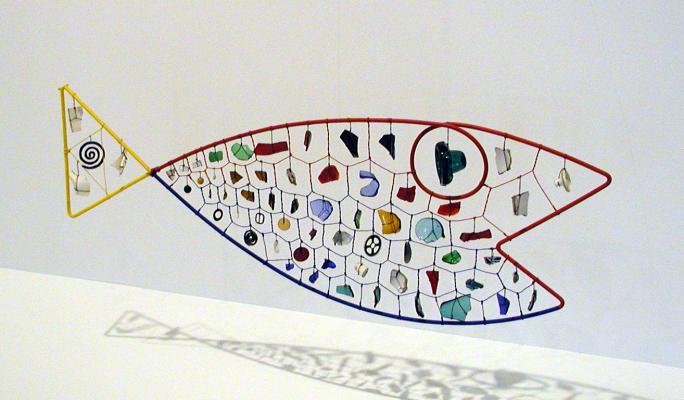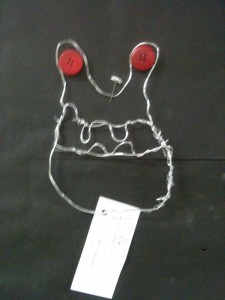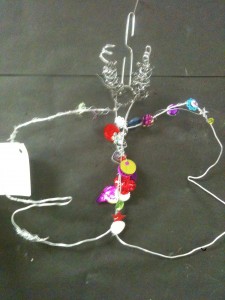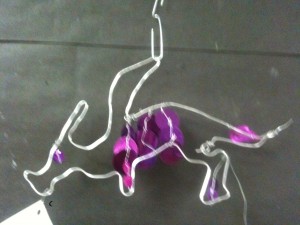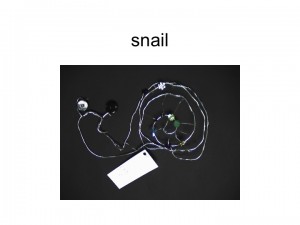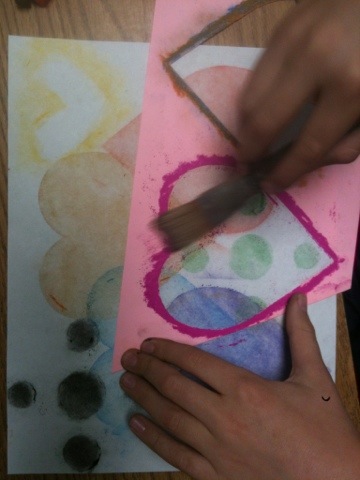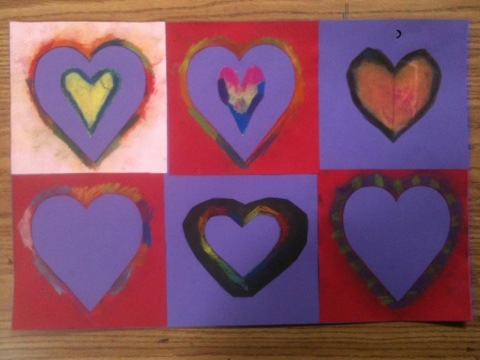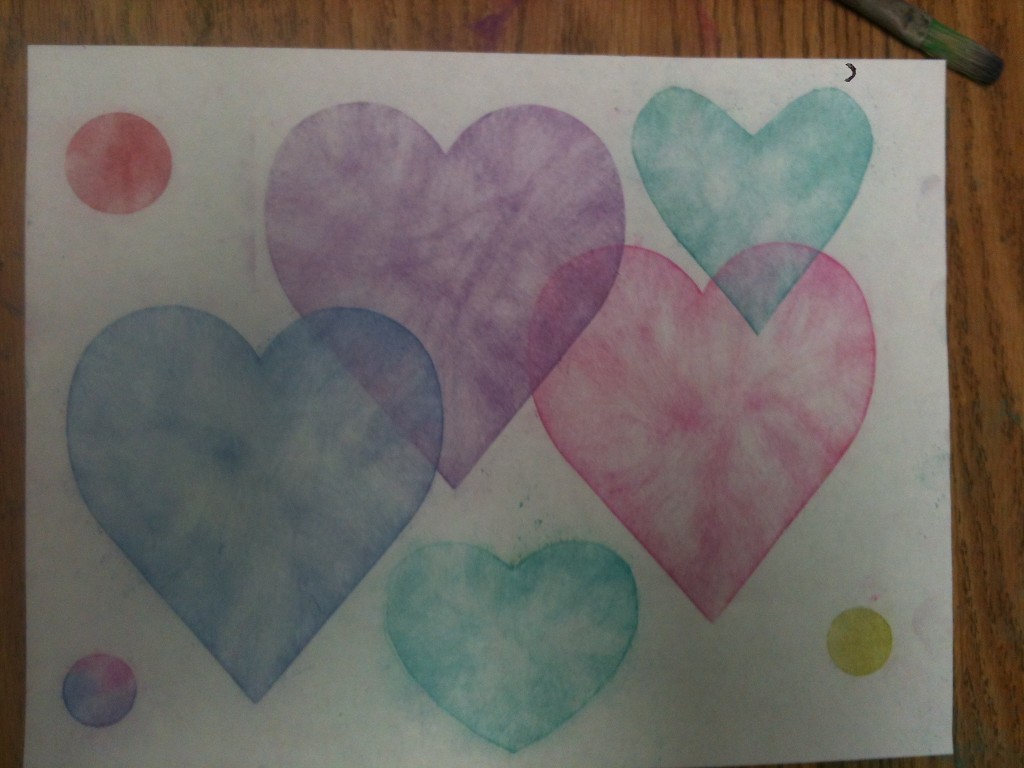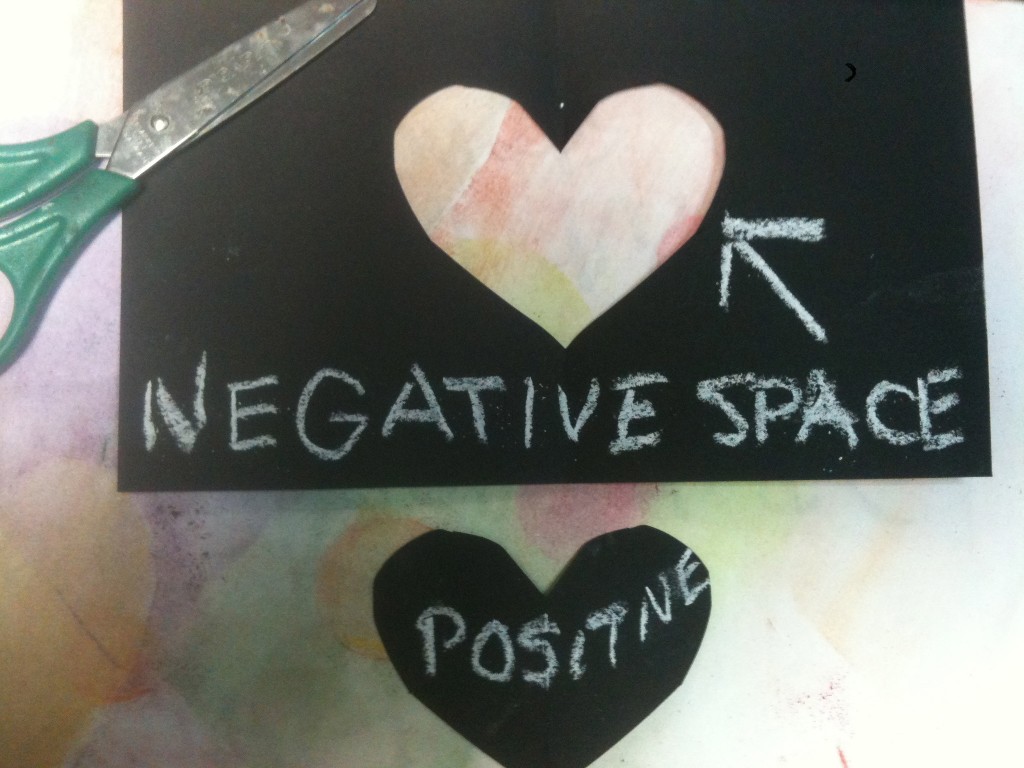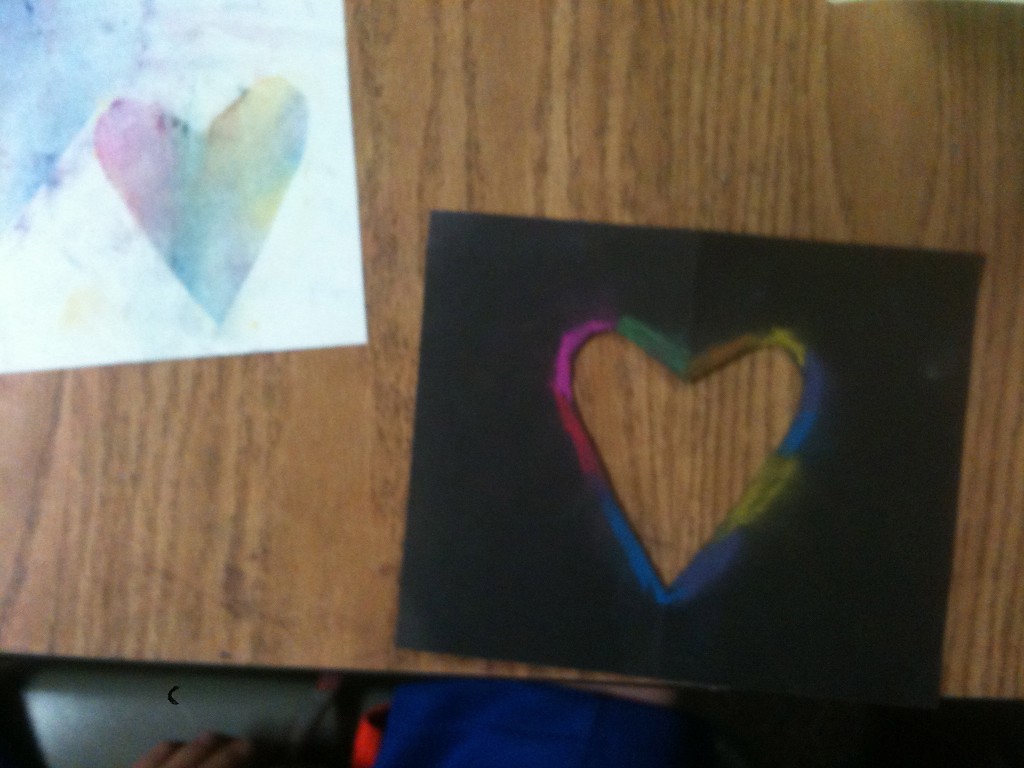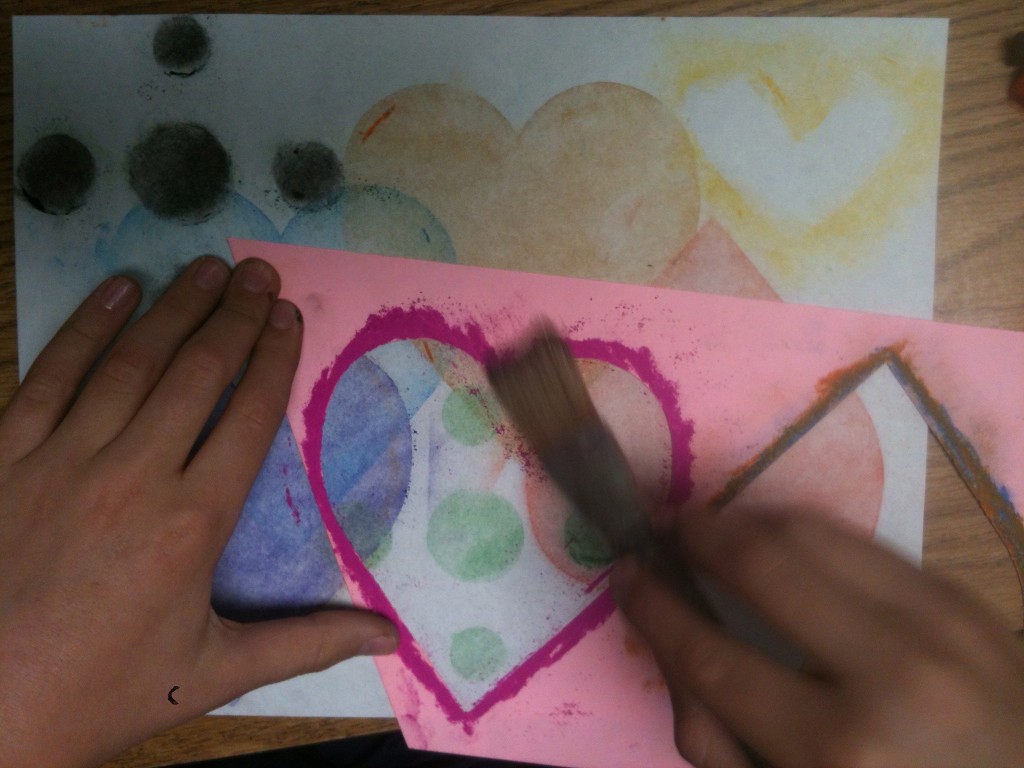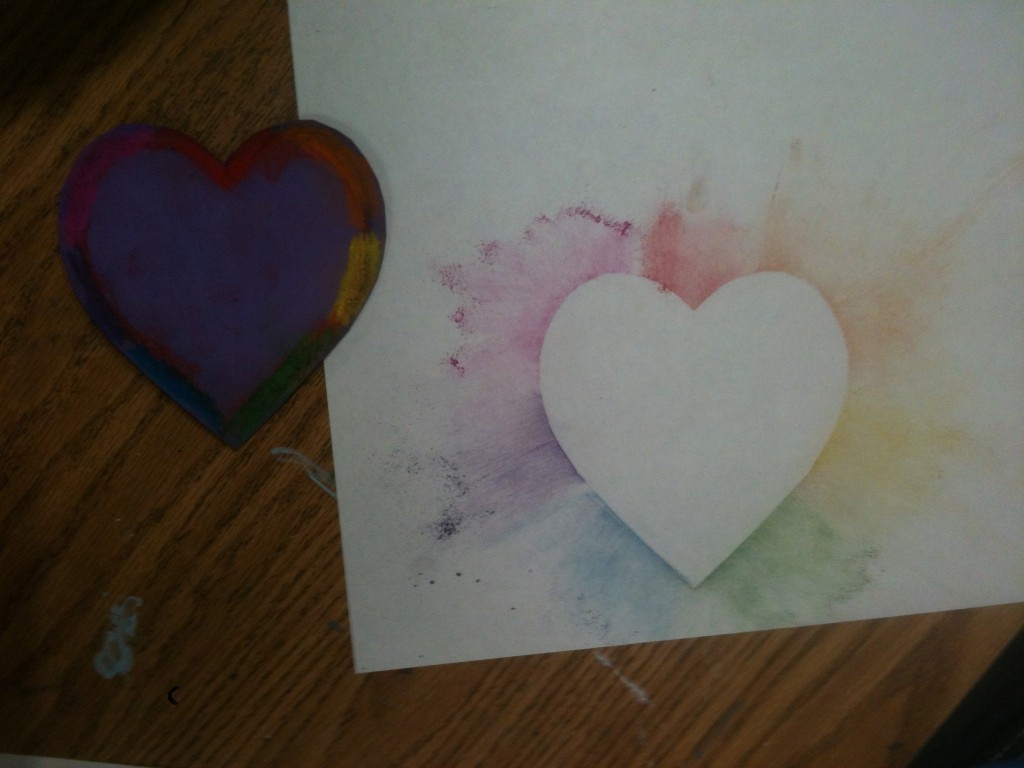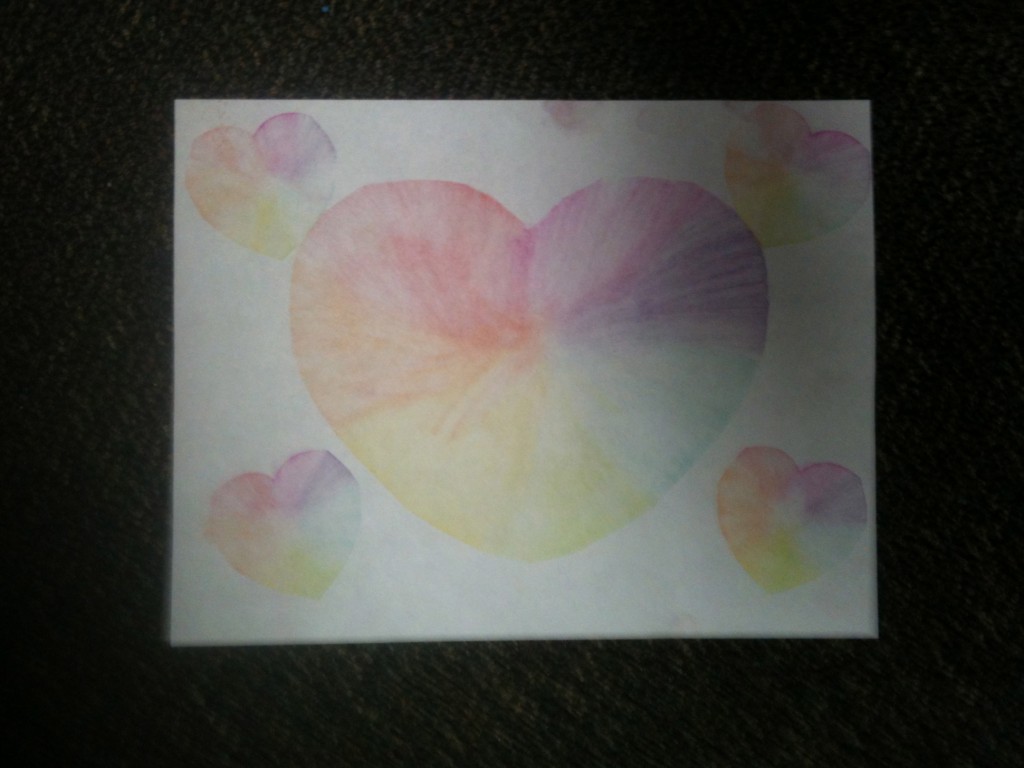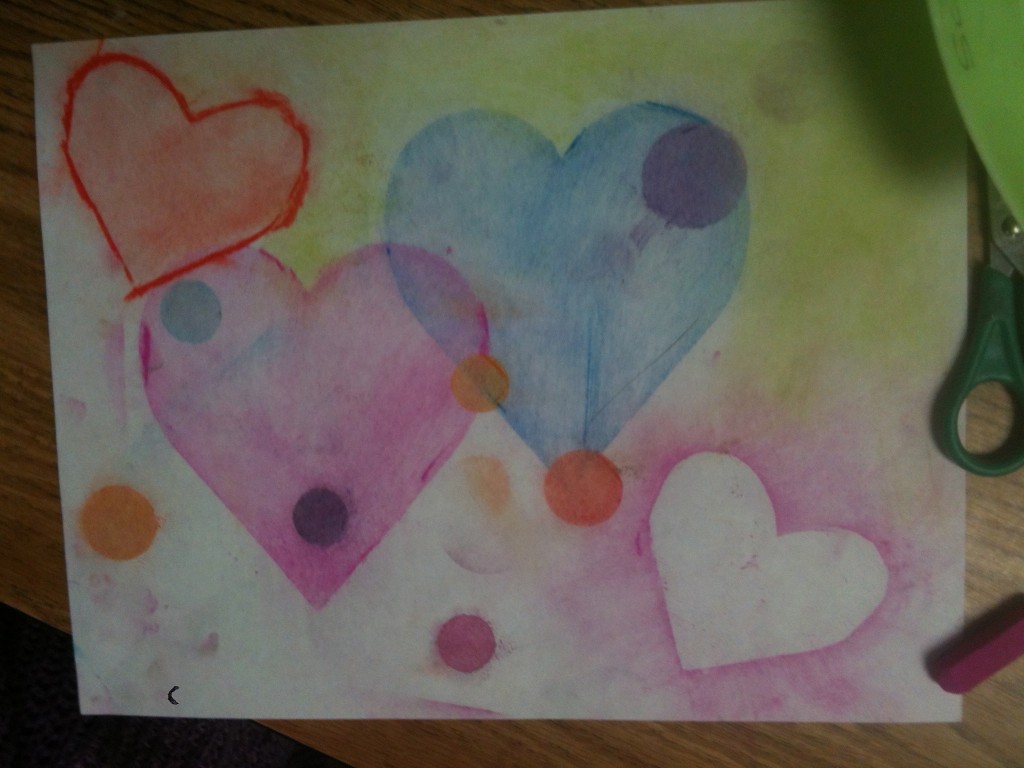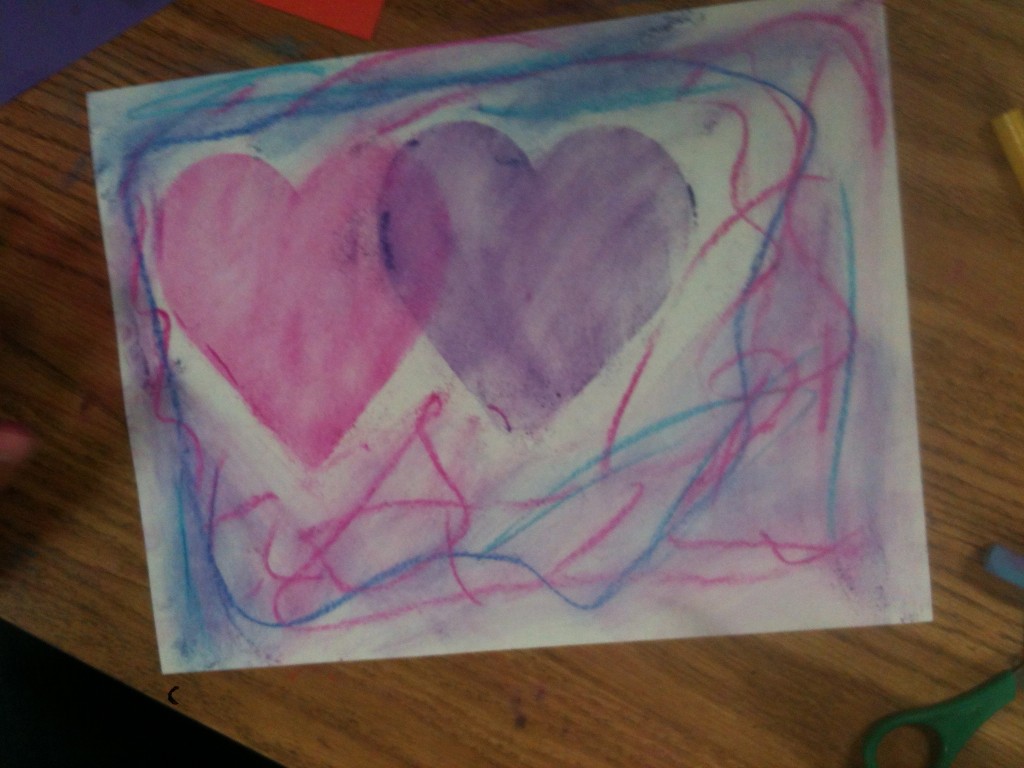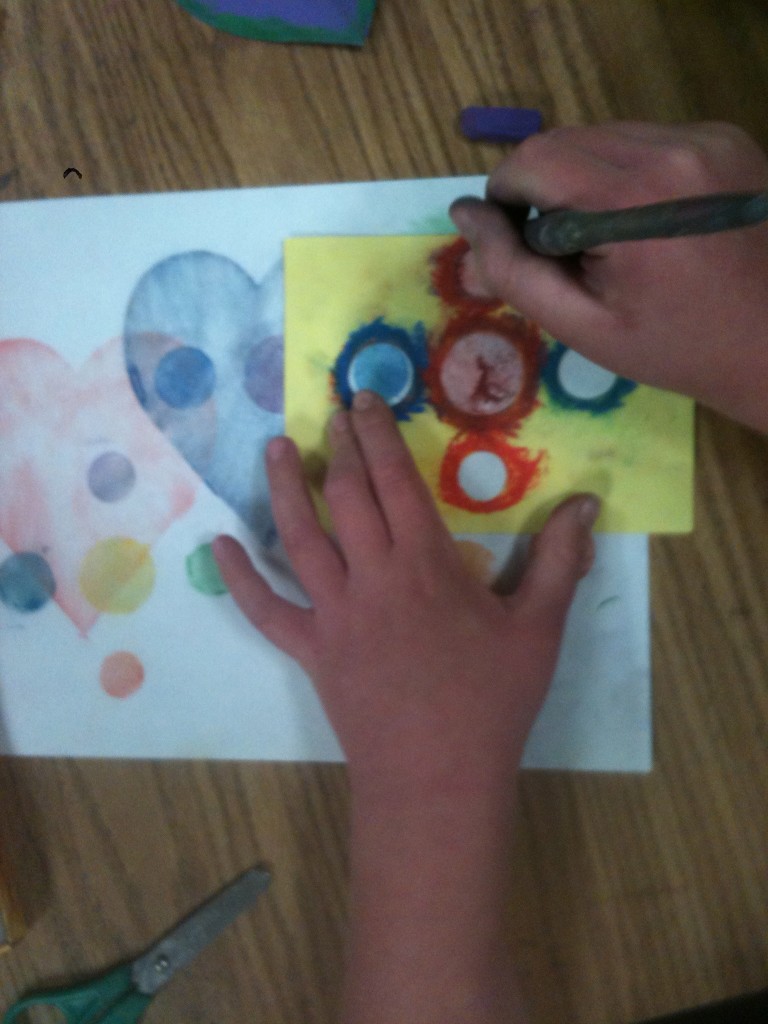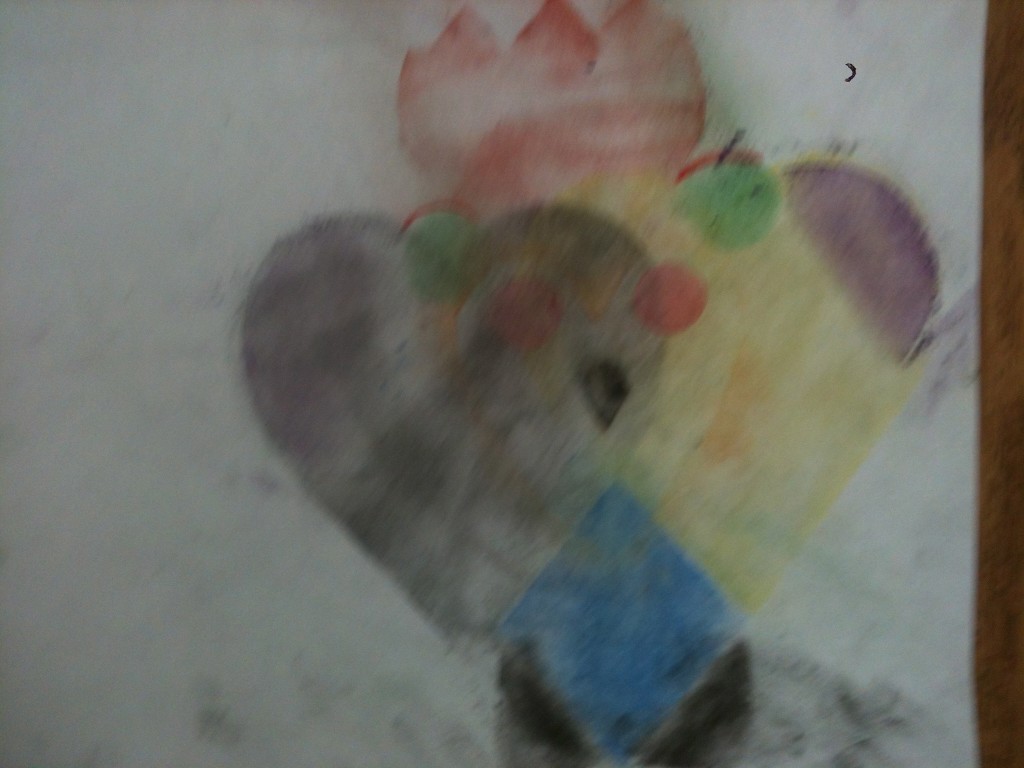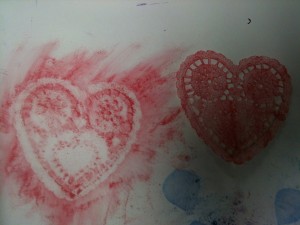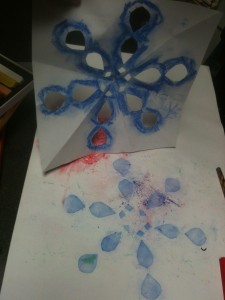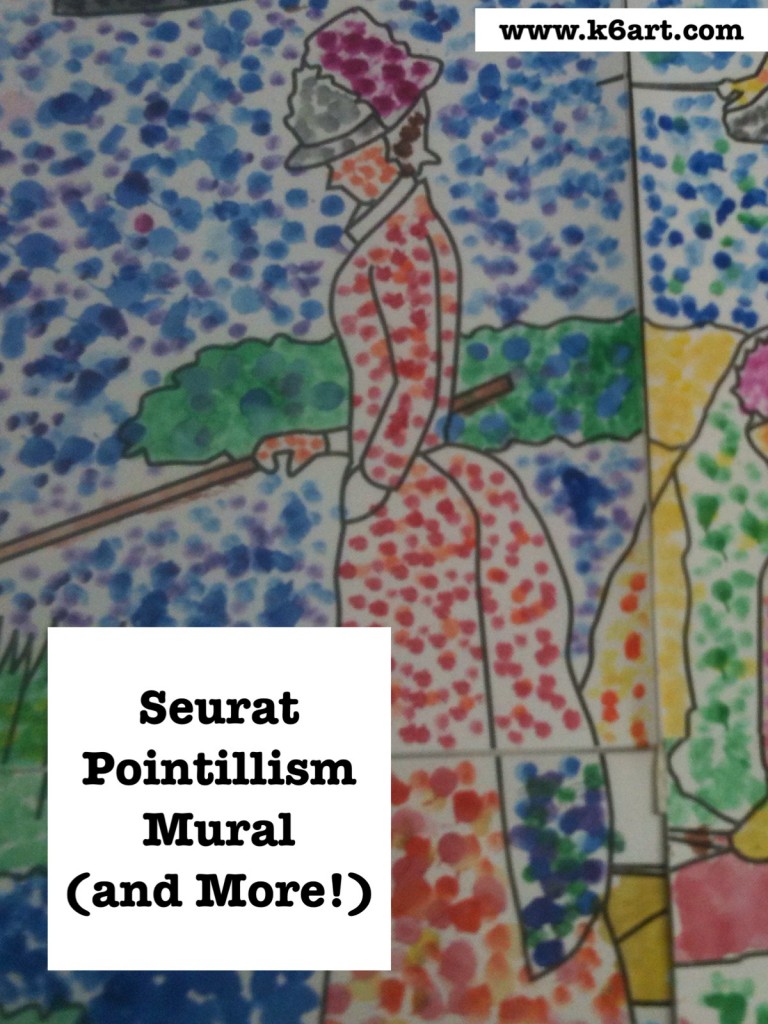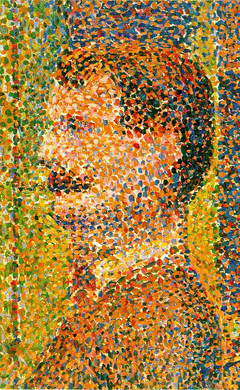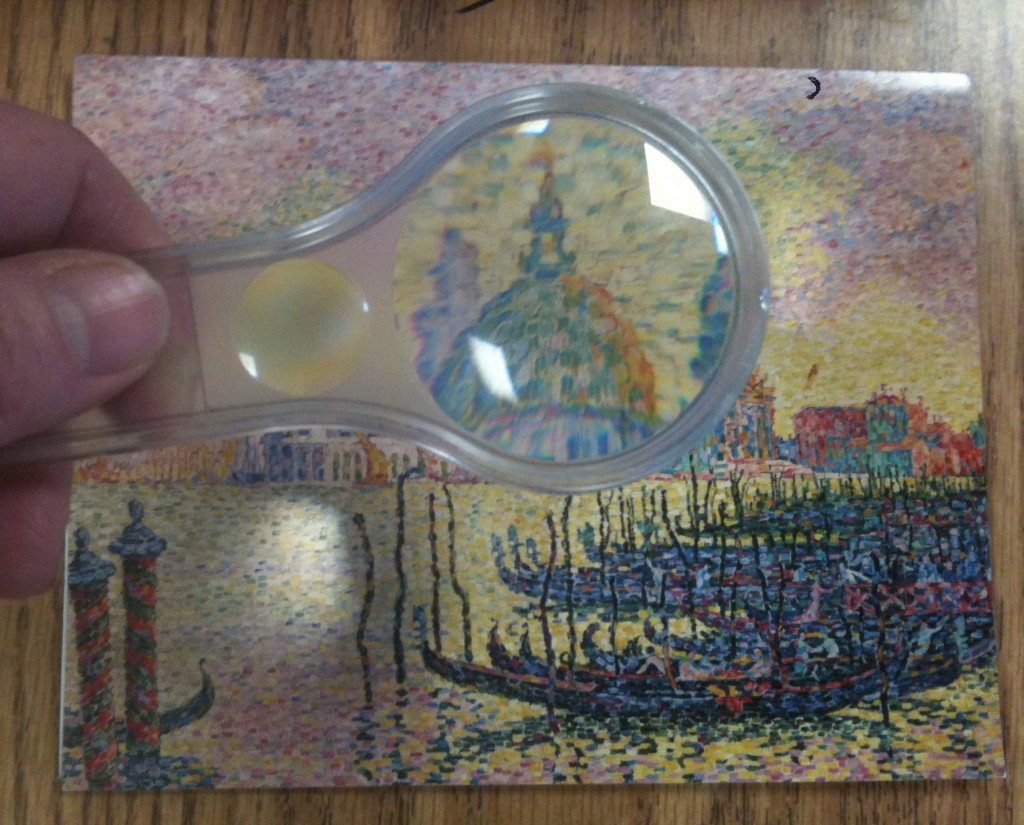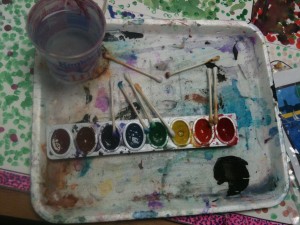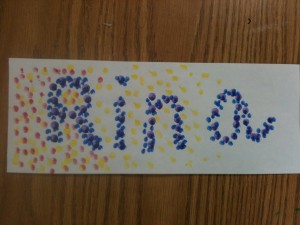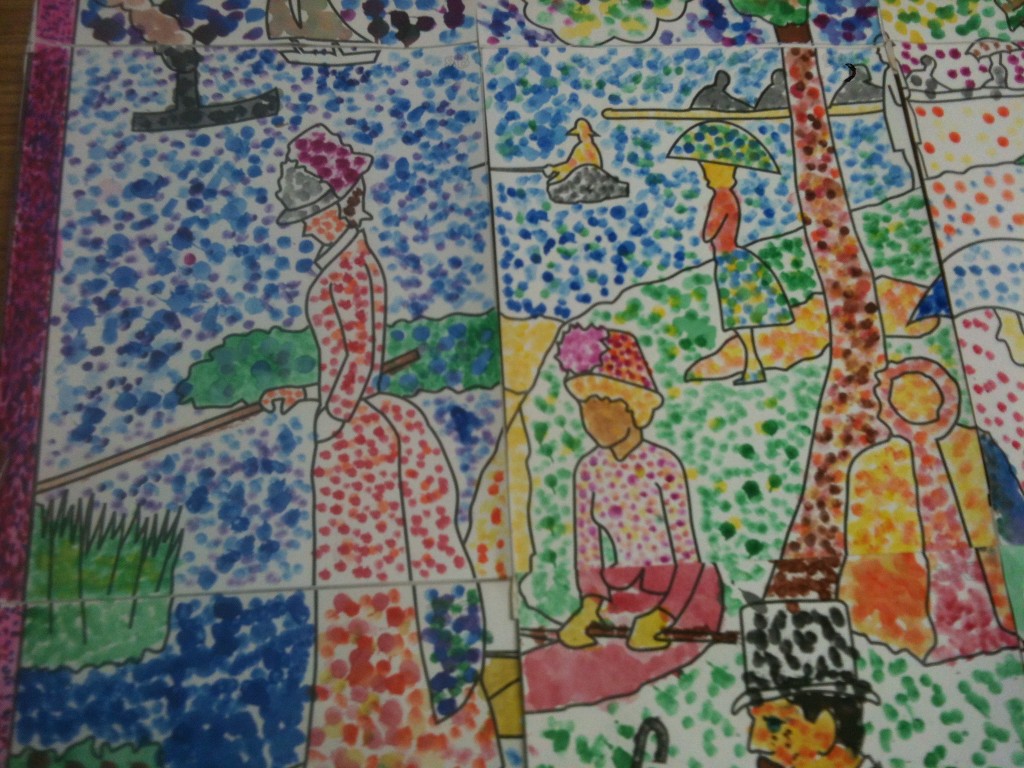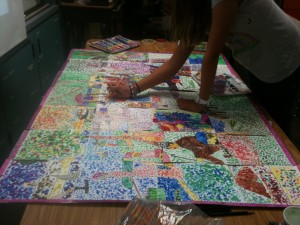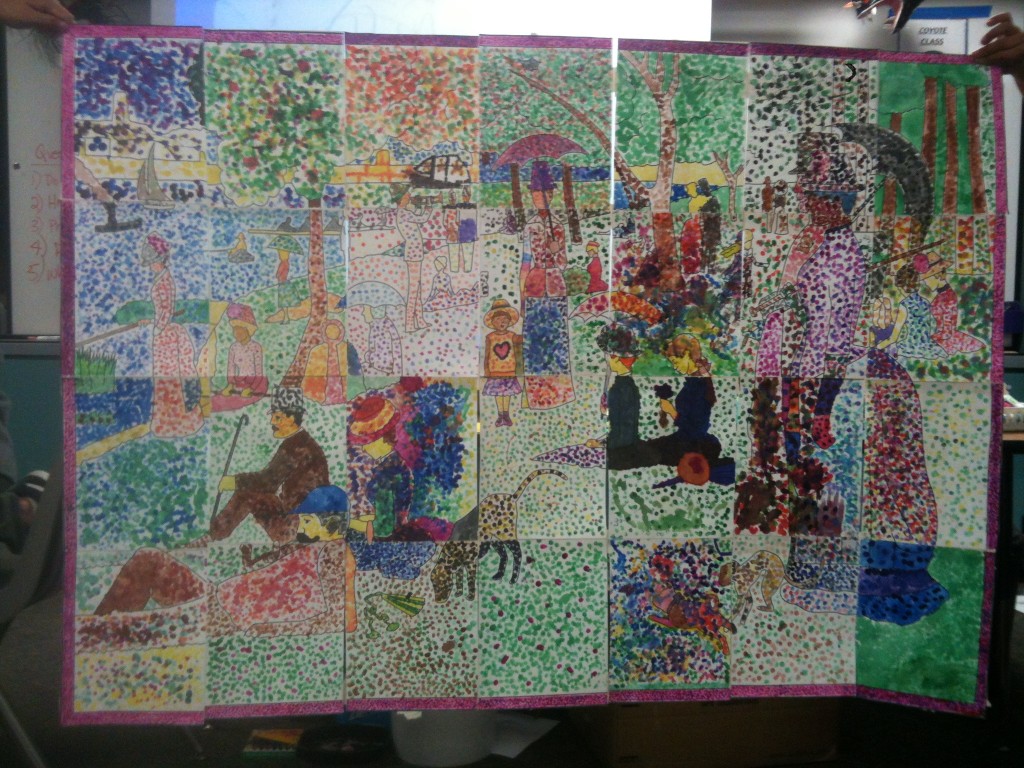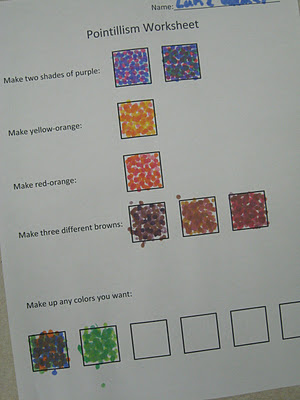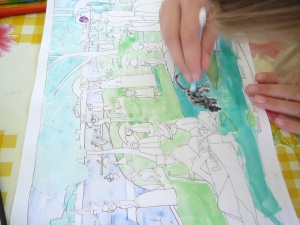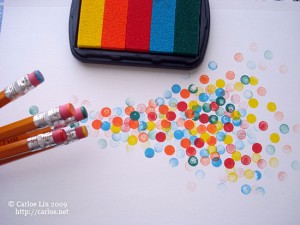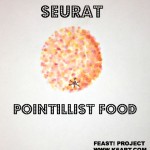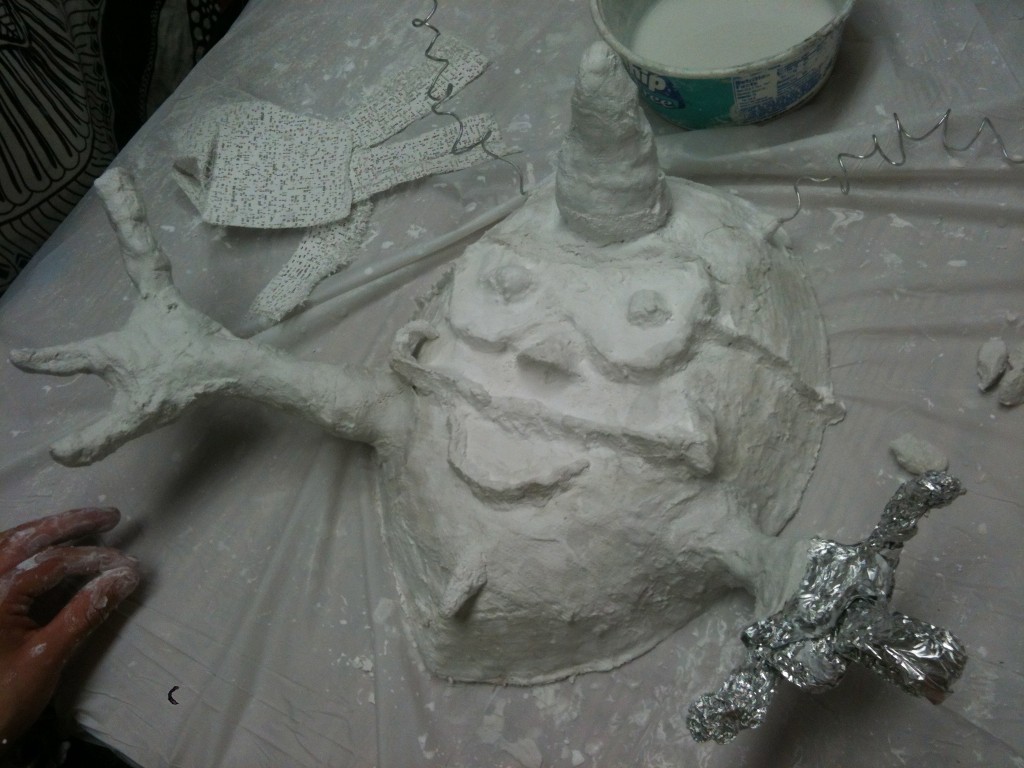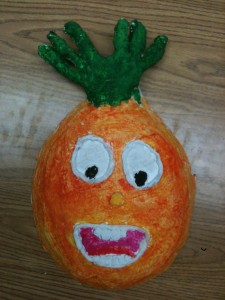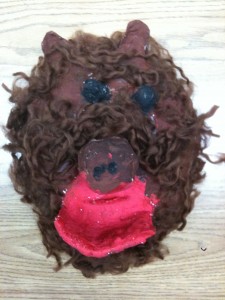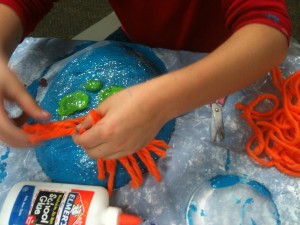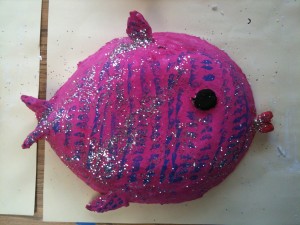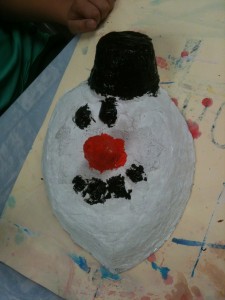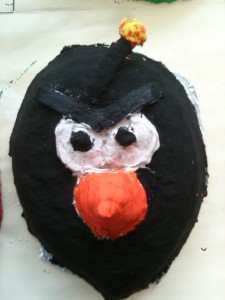Of all the famous artists we study, students think Alexander Calder is the most fun. Fifth graders made Calder-inspired wire animal sculptures.
Materials:
Notes: When buying wire, the higher the gauge, the thinner and more flexible the wire. The wires below are soft enough for students to cut with our blunt-tip school scissors! Simplify your life and buy pre-cut 18″ floral wire (available at floral suppliers, Wal-Mart and Michaels).
- spool of Dick Blick 14-gauge Armature and Sculpture Wire , (cut one 3 ft. piece per student) (note: compensated affiliate link)
- pre-cut 18″ floral wire, 20 or 22 gauge, ‘bright’ (silver-colored aluminum)
- pre-cut 18″ floral wire, 26 gauge. I call this super-fine and flexible wire ‘sewing wire’ because it is fine enough to pass through sequins, beads and window screen.
- embellishments: buttons, beads, sequins, aluminum pot scrubbers, pipe cleaners, aluminum window screen.
- sketch paper (we use 8.5″x11″ copy paper)
- markers for sketching
- optional: Ziploc gallon-size storage bags for storing unfinished work between sessions
We begin by looking at this Calder wire sculpture Powerpoint. Next students sketch a contour drawing of an animal on copy paper. The sketch should touch all four edges of the paper and should be simple. Then students trace the contour with 14 gauge sculpture wire, overlap the ends and twist to secure.
They can string shorter wires or pipe cleaners with beads, sequins and buttons across the center. Encourage kids to experiment.
We link up the sculptures in a chain (using my favorite paper-clip ‘S’ hooks) and suspend from the ceiling. Instant group Calder mobile!
Calder’s art is so varied and interesting, you could do an entire unit: a mobile lesson, stabile lesson, a wire sculpture lesson, a circus lesson, even a jewelry lesson.
Do you love Calder’s art? Check out my posts on Calder’s jewelry , Calder wire portraits, and best wire sculptures of 2012.
UPDATE: Calder books to read online for free! Click here
NEW: click here: How to make a Calder mobile!
Note: I am an affiliate of Blick Art Supplies. I have been using Blick Armature and Sculpture Wire for nine years and LOVE it!
UPDATED: 11/23/13

